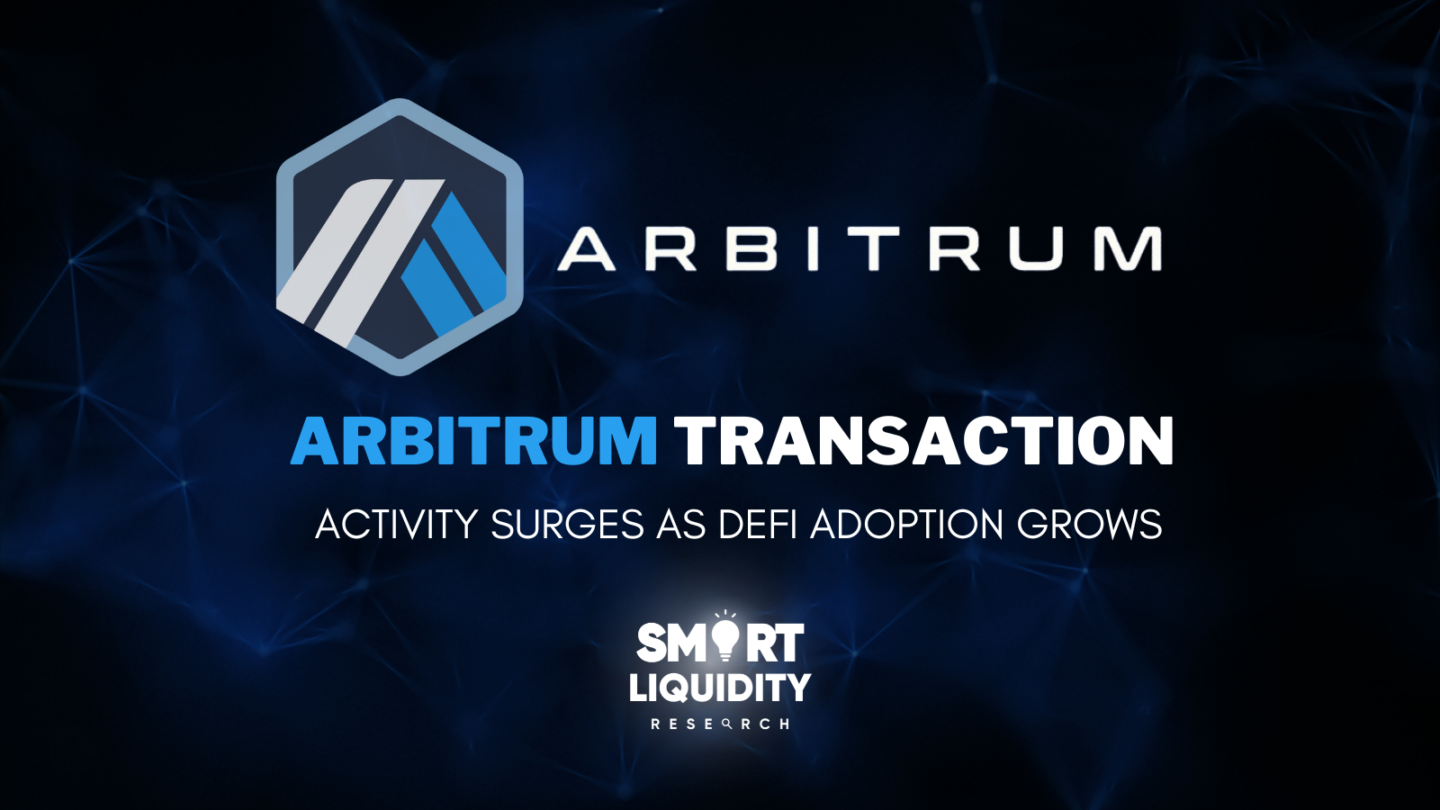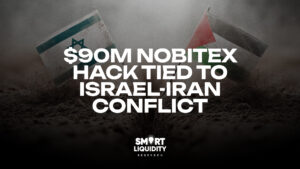Arbitrum Transaction Activity Surges as DeFi Adoption Grows


Decentralized finance (DeFi) has been gaining momentum in recent years, as more users flock to the space to take advantage of its benefits. DeFi is an ecosystem of financial applications built on blockchain technology, offering transparency, security, and the potential for higher yields compared to traditional finance.
Arbitrum transaction activity surges in recent weeks as the adoption of DeFi continues to grow.
Its Layer-2 solution provides a more efficient and cost-effective way of carrying out transactions, enabling users to avoid the high gas fees and slow transaction times on the main Ethereum network. As a result, more users are turning to Arbitrum to navigate the congested Ethereum network, leading to a significant increase in its transaction activity. With the increasing demand for DeFi and the need for efficient and scalable infrastructure, the adoption of Layer-2 solutions like Arbitrum is expected to continue rising.
Arbitrum Transaction Activity Surges as DeFi Adoption Grows
However, the scalability and performance of the Ethereum blockchain, which hosts most of the DeFi applications, have been a significant challenge. The Ethereum network has been experiencing congestion, high gas fees, and slow transaction times, which has made it difficult for users to carry out their transactions efficiently. As a result, there has been a growing need for solutions that can address these issues and provide a better user experience.
One of the solutions that have emerged to address the scalability and performance issues of the Ethereum network is Arbitrum, a Layer-2 scaling solution for Ethereum. Arbitrum enables users to carry out transactions off-chain, and it settles them on the main Ethereum network. This provides a more efficient and cost-effective way of carrying out transactions, as it eliminates the need for gas fees and reduces the time needed to complete transactions.
Arbitrum has been gaining popularity in recent weeks, as more users turn to its Layer-2 solution to navigate the congested Ethereum network. According to recent data, the DeFi transaction volume on Arbitrum has significantly increased, indicating a growing demand for its services.
Arbitrum’s Layer-2 solution has several advantages over the traditional Ethereum network. Arbitrum’s Layer-2 solution offers faster transaction processing times, completing within seconds, compared to the minutes or hours needed to complete transactions on the main Ethereum network. This provides a much-needed improvement in the user experience, enabling users to carry out their transactions quickly and efficiently.
Arbitrum’s cost efficiency and security make it a leading Layer-2 solution in the DeFi space
Moreover, Arbitrum significantly lowers the cost of transactions compared to the main Ethereum network. Users can save a considerable amount of money since they do not need to pay gas fees, allowing them to reinvest in other DeFi applications to earn higher yields.
Arbitrum’s Layer-2 solution is also highly secure, providing a trustless environment for users to carry out their transactions. Advanced cryptography ensures that all transactions on Arbitrum are tamper-proof and cannot be altered by malicious actors.
Growing DeFi demand emphasizes need for efficient, scalable infrastructure. Layer-2 solutions like Arbitrum have the potential to revolutionize the DeFi space, providing users with a much-needed alternative to the Ethereum network.
Arbitrum’s Layer-2 solution is not the only one in the market, but it is one of the leading solutions due to its speed, efficiency, and security. Other Layer-2 solutions in the market include Optimism, zkSync, and Polygon, which are also working to address the scalability and performance issues of the Ethereum network.
However, the community still needs to overcome challenges despite the benefits of Layer-2 solution. One of the challenges is interoperability, which refers to the ability of different Layer-2 solutions to communicate and interact with each other seamlessly. Interoperability is important for the scalability of the DeFi ecosystem, as it enables users to carry out transactions across different Layer-2 solutions without any friction.
Arbitrum has emerged as a leading Layer-2 scaling solution for DeFi transactions, offering a more efficient and cost-effective way of carrying out transactions compared to the traditional Ethereum network. Demand for DeFi and scalable infrastructure will drive adoption of Layer-2 solutions like Arbitrum. However, as the DeFi ecosystem continues to evolve, it is important for infrastructure providers




